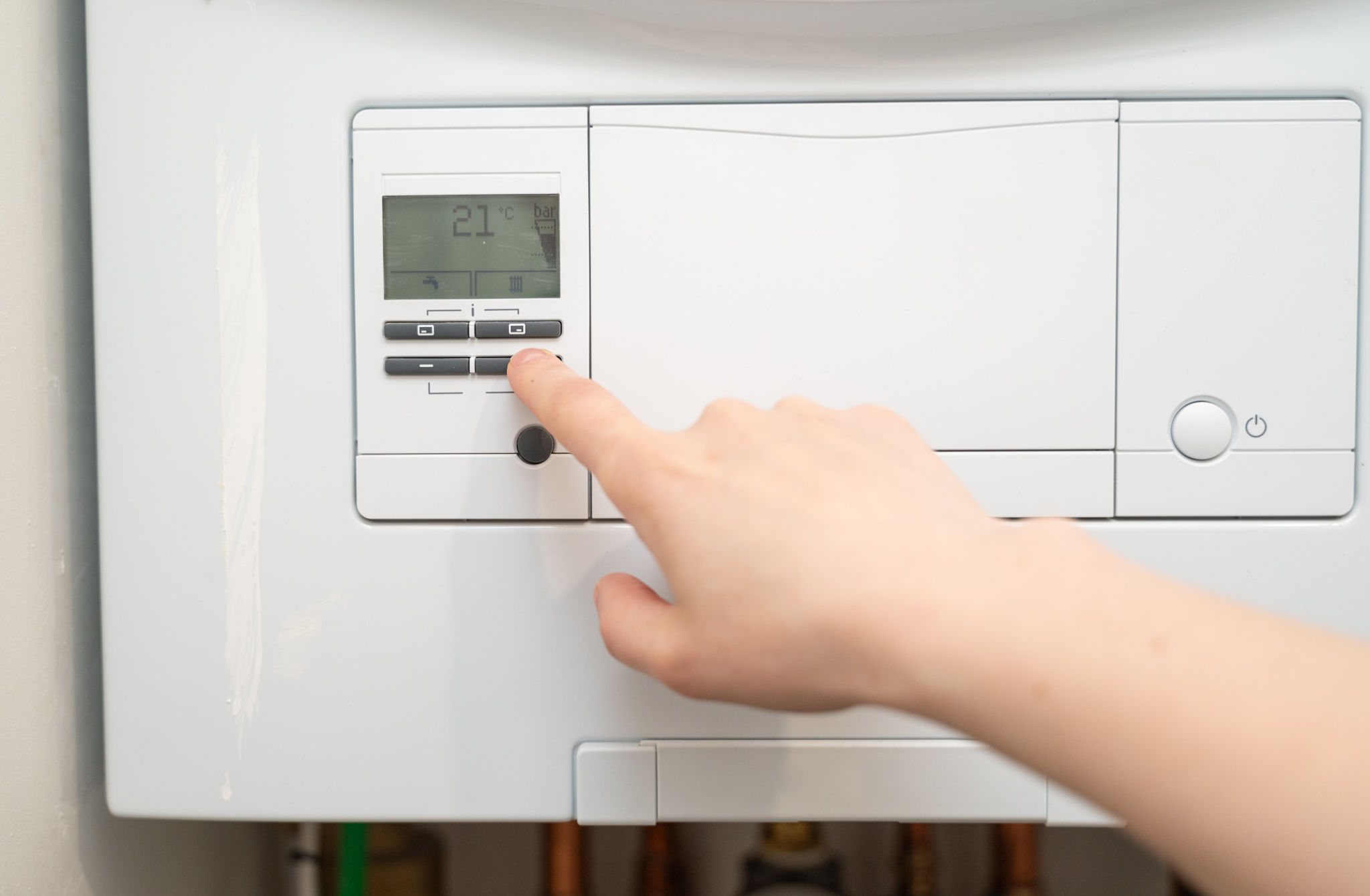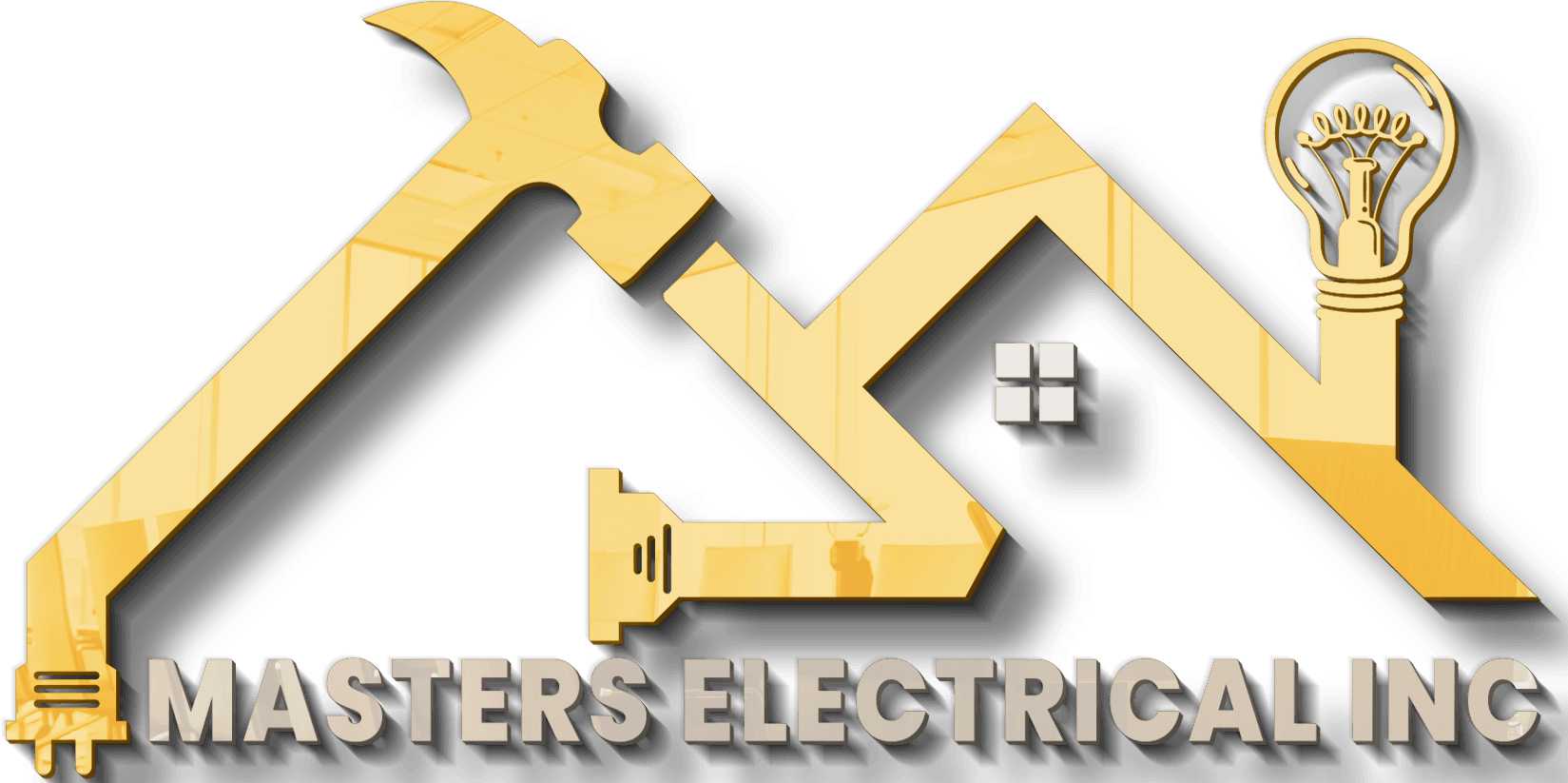The Ultimate Guide to Smart Home Installation: Everything You Need to Know
AT
Why Consider a Smart Home?
In today's fast-paced world, integrating smart technology into your home can simplify your life, save you time, and even reduce energy costs. A smart home allows you to control various systems and appliances remotely, providing convenience and peace of mind. Whether it's turning off lights, adjusting the thermostat, or monitoring security cameras, smart technology offers a seamless way to manage your household.

Planning Your Smart Home Setup
Before diving into smart home installation, it's crucial to plan your setup carefully. Start by assessing your needs and determining which systems you want to automate. Common options include lighting, climate control, home security, and entertainment systems. Consider your budget and prioritize the features that will bring the most value to your daily life.
Next, evaluate the compatibility of your existing devices. Many smart home products are designed to work with popular platforms like Amazon Alexa, Google Assistant, and Apple HomeKit. Ensuring compatibility will streamline the installation process and enhance your user experience.
Essential Smart Home Devices
Once you've outlined your smart home goals, it's time to choose the right devices. Here are a few essential components to consider:
- Smart Hub: Acts as the central point for controlling all smart devices.
- Smart Lights: Energy-efficient lighting solutions that can be controlled remotely or set to follow schedules.
- Smart Thermostat: Allows you to regulate your home’s temperature from anywhere.
- Smart Security System: Includes cameras, motion detectors, and alarms for enhanced safety.
- Smart Speakers: Voice-activated devices that can play music, set reminders, and control other smart devices.

Installation Tips and Best Practices
Installing smart home devices can be straightforward, but following best practices ensures a smooth experience. Begin by reading the installation manuals and watching tutorial videos provided by manufacturers. This will give you a clear understanding of the installation process and help you avoid common pitfalls.
When installing, start with one device at a time to prevent overwhelm. Ensure your Wi-Fi network is robust, as smart devices rely heavily on a stable internet connection. Consider placing your router centrally in your home or investing in Wi-Fi extenders to improve coverage.
Maintaining Your Smart Home
Once your smart home is up and running, regular maintenance is essential for optimal performance. Keep your devices updated with the latest firmware to ensure security and functionality. Regularly check battery levels for wireless devices and replace them as needed.

Additionally, review your settings periodically to ensure they align with your current lifestyle. As your family grows or your routine changes, you may need to adjust schedules or add new devices to your setup.
Future-Proofing Your Smart Home
Technology is constantly evolving, and your smart home should be adaptable to future advancements. When purchasing new devices, opt for those that support over-the-air updates and are compatible with a wide range of platforms. This will ensure your smart home remains functional and relevant for years to come.
Consider setting up a dedicated space for a smart home hub or control panel. This central location can help you manage and monitor all connected devices efficiently.
Conclusion
Transforming your house into a smart home is an exciting journey that offers numerous benefits. By carefully planning, selecting the right devices, and following best practices, you can create a smart living environment that enhances your comfort, convenience, and security. Embrace the future of home automation and enjoy the seamless integration of technology into your everyday life.
